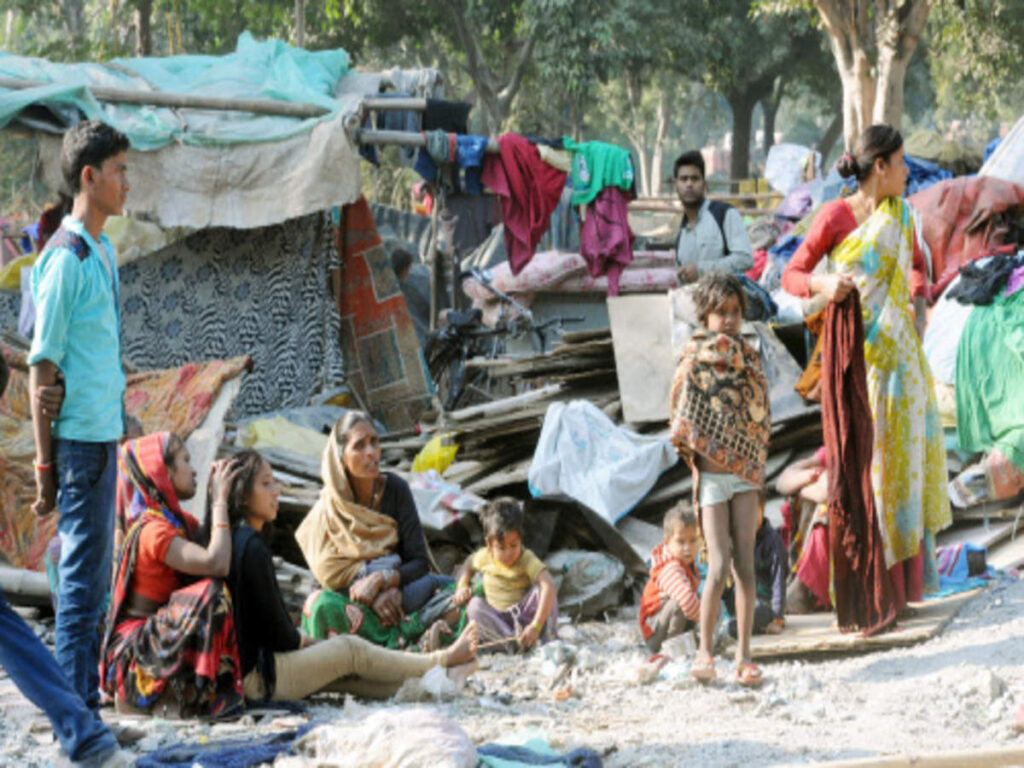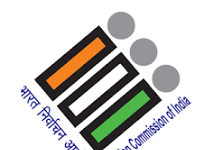
The word “aspiration” entered the political economy lexicon with a bang when Narendra Modi led the Bharatiya Janata Party (BJP) to a parliamentary majority in 2014, the first time a party had received a majority in the Lok Sabha in 30 years. The overall concept was straightforward. In terms of poverty reduction, the first two decades of economic reforms were fruitful. However, the benefits of economic reforms were not distributed evenly across classes and regions. The new administration believed the time had come to improve living standards through a two-pronged policy approach of increased growth and increased welfare endowments. If the first part of the plan had gone as planned, the idea might have worked. A pre-Covid slowdown, followed by the pandemic’s economic shock, is likely to have derailed even poverty reduction gains, resulting in a sharp rise in inequality. Business as usual is no longer an option. Here are three graphs to help you understand what’s going on.
- During the post-reform period, regional inequalities have gotten worse.
In 1990-91, Bihar’s Gross State Domestic Product (GSDP) was nearly identical to Gujarat’s. Gujarat’s GDP was two times the combined GSDP of Bihar and Jharkhand in 2018-19, the most recent period for which we have data. This trend holds true even when comparing the GSDP of India’s southern and western states to the traditional laggard states, which are often lumped together as BIMARU (Bihar, Madhya Pradesh, Rajasthan and Uttar Pradesh). The increasing disparity in GSDP has resulted in disparities in living standards as well. Estimates of GSDP per capita do a good job of capturing this disparity. The GSDP per capita of developed states like Gujarat and Tamil Nadu is three to five times higher than that of developing states like Uttar Pradesh and Bihar.
- Increasing demands on poor people’s budgets
What the per capita GSDP numbers don’t capture well is the current economy’s aspiration-driven sense of deprivation. Private consumption has no limits today, thanks to the removal of restrictions on private production and consumption during the post-reform period. Before 1991, this was not the case. Foreign exchange restrictions, for example, limit the number of foreign vacations that even a wealthy family can take. Similarly, when it came to purchasing vehicles, there was a limited pool of options. None of this is still true today. Because of what is known as demonstrati, the “have-nots” are increasingly aspiring to consume like the “haves.” At the start of the 1990s, only a few Indians had telephones. Even smartphones are no longer exclusive to the wealthy. While the wealthy spend more on more expensive gadgets, there is no difference in the quality of service provided. This also means that the poor may bear a disproportionately higher share of the budgetary burden at times. Extra mobile data consumption for home-based learning (especially when there are multiple children) is a good example of this. Official household expenditure statistics, which are now a decade old, may fail to capture these realities and their consequences for the poor. While the basic needs of food, shelter, and clothing continue to be critical.
- Has there been a reversal in India’s poverty rate?
The first alarm on this front sounded long before the Covid-19 pandemic. The results of the 2017-18 Consumption Expenditure Survey (CES), the first large sample round since 2011-12, were leaked to the media in November 2019. Because India’s official statistical agencies do not publish income data, the CES is used to estimate poverty and inequality. According to the leaked findings, average monthly per capita consumption expenditure (MPCE) fell in real terms between 2011-12 and 2017-18, which had never happened in the previous four decades. The report was cancelled by the government due to data quality issues, which was also a first in the country’s history. A decrease in MPCE levels resulted in an increase in poverty. Even before the pandemic, the economy’s slowdown — GDP growth fell from 8.3 percent in 2016-17 to 4 percent in 2019-20 — was bound to exacerbate the situation.




